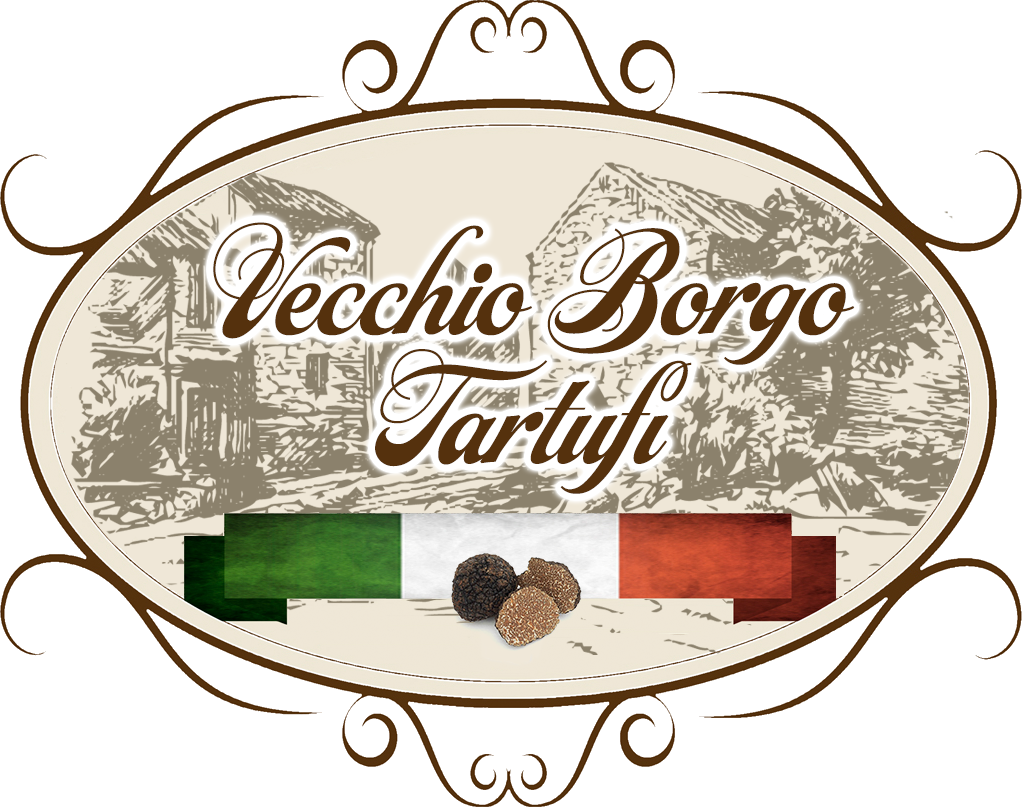
The truffle is a mushroom, more precisely an underground mushroom,
that is, it grows underground in symbiosis with other plants, generally poplars, hazels, oaks, holm oaks, beeches, hornbeams and willows .
Our truffle plantation is made up of oaks and hornbeams!
Many mistakenly think that truffles are tubers , just like potatoes...
This inaccuracy is probably due to the word Tuber which makes up the Latin denomination attributed to the various species of truffle: Tuber Magnatum Pico is, for example, the Latin denomination of the prized white truffle. In fact, it is their tuber shape that makes them part of the Tuberacae family, another name that can mislead inexperienced people.

Mushrooms, unlike the tubers which are part of the plant stem, are independent organisms that obtain their energy by feeding on organic material already formed by the plants with which they enter into symbiosis. This exchange of substances occurs in a mutualistic manner. In fact, the plant also benefits from this symbiosis by taking water and mineral salts essential for its growth from the underground mushroom.
For this reason, mycorized plants, i.e. plants with mushrooms or truffles attached, develop more quickly. This symbiosis can last for years if external agents do not intervene (such as humans or animals that feed on truffles, such as snails, mice and wild boars).
For this reason, in fact, it is important not to damage the roots of the plants during harvesting, as truffles in the woods are always found in the same places near the same plants when the environmental conditions are favourable.
Where can they be found?
Generally, truffles form 10-15 cm deep near the roots of the plant, therefore quite close to the surface. However, this depends on the variety of truffle and the climatic season: during the cold season they can grow even deeper up to 30-60 cm!
The shape and size of the truffle are determined by the type of soil in which they form.
In general the shape of the truffle is rounded if it grows in soft soil. On the contrary, it will appear perforated and with protuberances if it grows in compact and not very malleable soil. The shape and size are not, however, an element that distinguishes the quality of a truffle!
How do truffles reproduce?
Just like other mushrooms, truffles reproduce through the production of spores.
Reproduction can occur in 2 ways:
1) An unharvested ripe truffle rots underground and, when it disintegrates, releases its spores in the same place;
2) It is eaten by forest animals, such as wild boars and mice which will spread the spores in different places and far from the plant of origin. In fact, the spores are immune to the animal digestive system.
Reproduction through spores is a very important peculiarity to take into consideration and is the reason why the various species of truffles have very precise and pre-established harvesting periods.
Harvesting truffles before the opening of the season , which means harvesting unripe truffles, can lead to poor spore production and consequently to poor harvesting in subsequent years.
Truffles are very precious mushrooms for our ecosystem. However, their value is not determined by their composition as they are mostly made up of water (about 70/80% of their weight), fibers and mineral salts, but rather by their delicious scent and aroma, as well as by the scarcity of specimens found during the season. In fact, each root of the plant produces only one truffle at a time!
The truffle has been sought since the times of the Renaissance courts, becoming an essential (but extremely prized) ingredient of Italian cuisine. Italy is in fact one of the world's largest exporters of truffles, in their two large varieties of white and black truffles.
My hope is that human action and climate change do not lead to the extinction of this very precious mushroom, which in addition to being delicious and of enormous value, is of extreme importance for our ecosystem and for the survival of many plants!
I hope that we will be able to enjoy them for many years to come, savoring them in all possible recipes
If you are interested in purchasing our truffles you can find them in our shop!
Follow us on Instagram and Facebook or read the other articles on our blog to find out more about the world of truffles!
Flavia
Vecchio Borgo Tartufi

